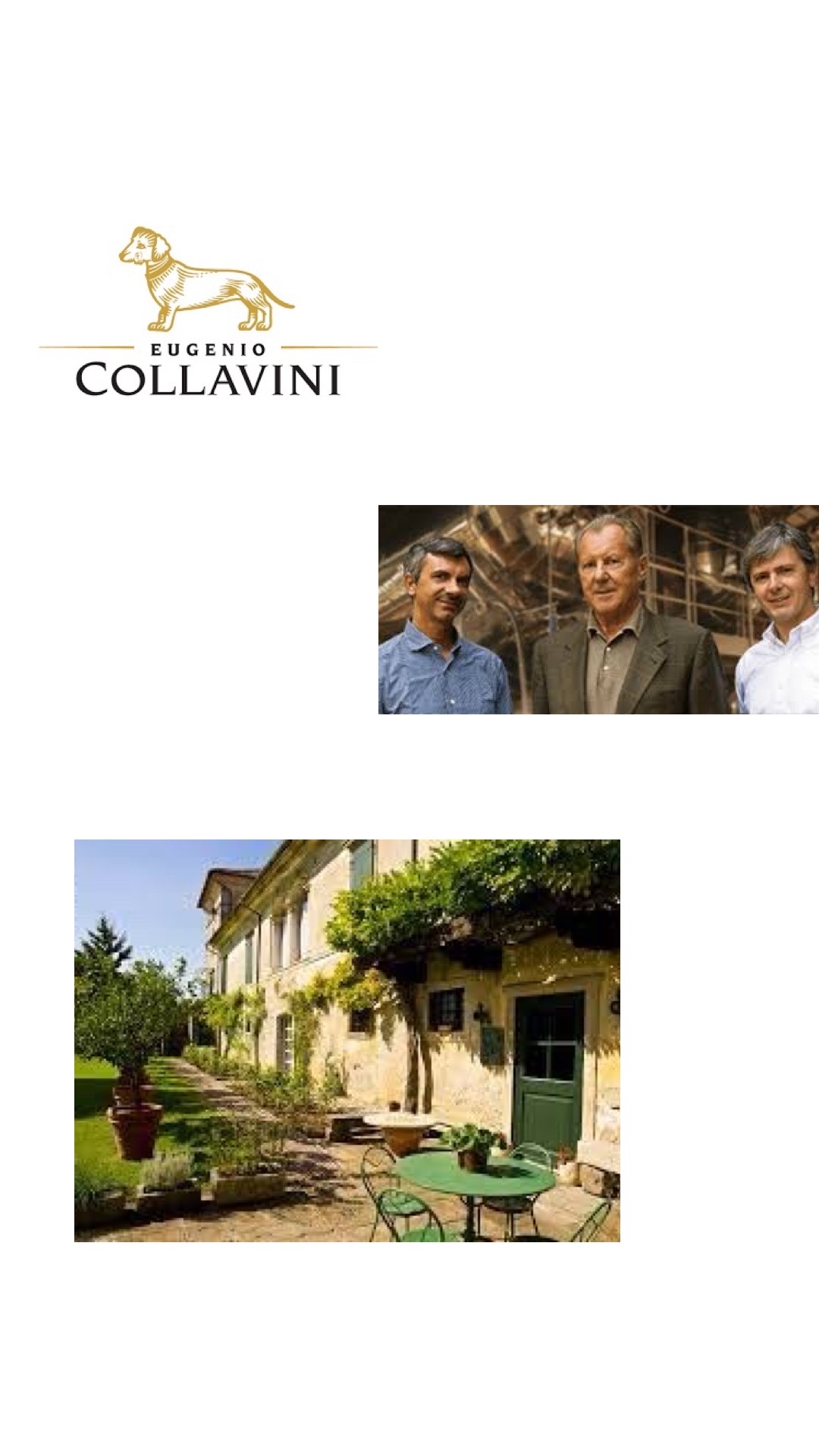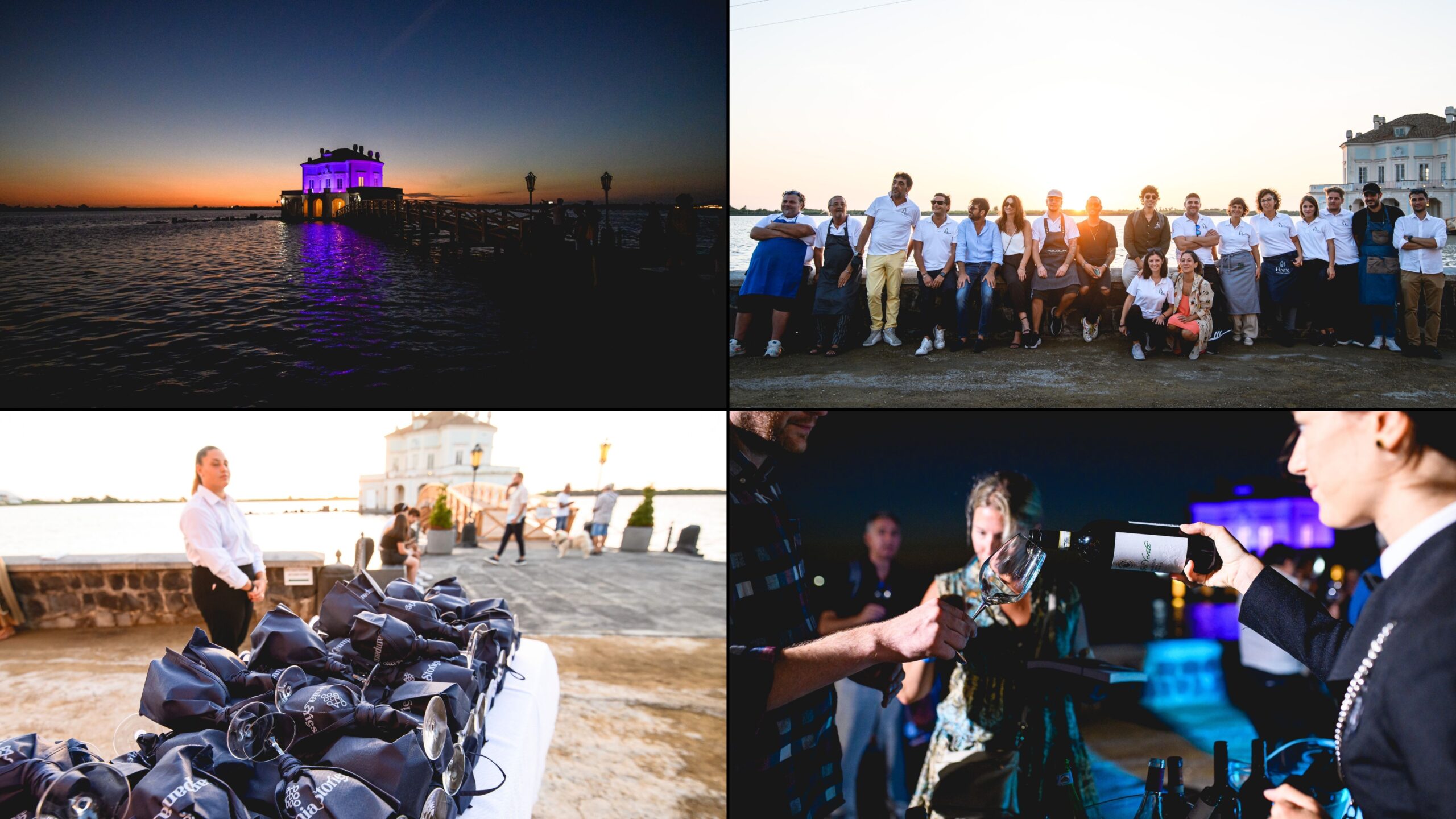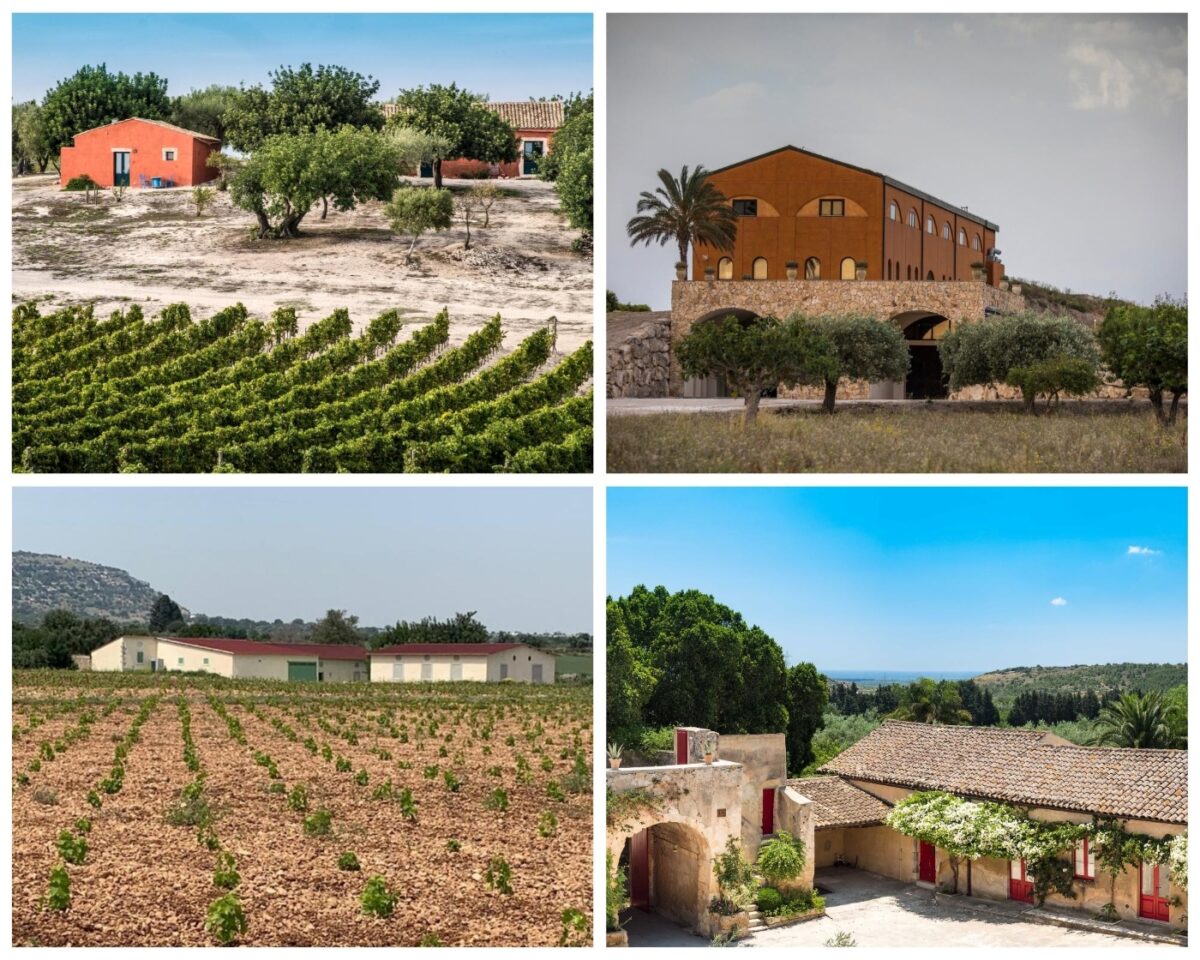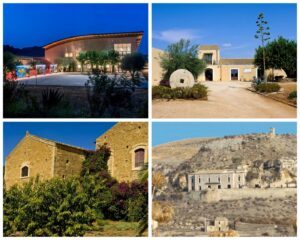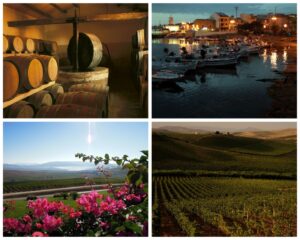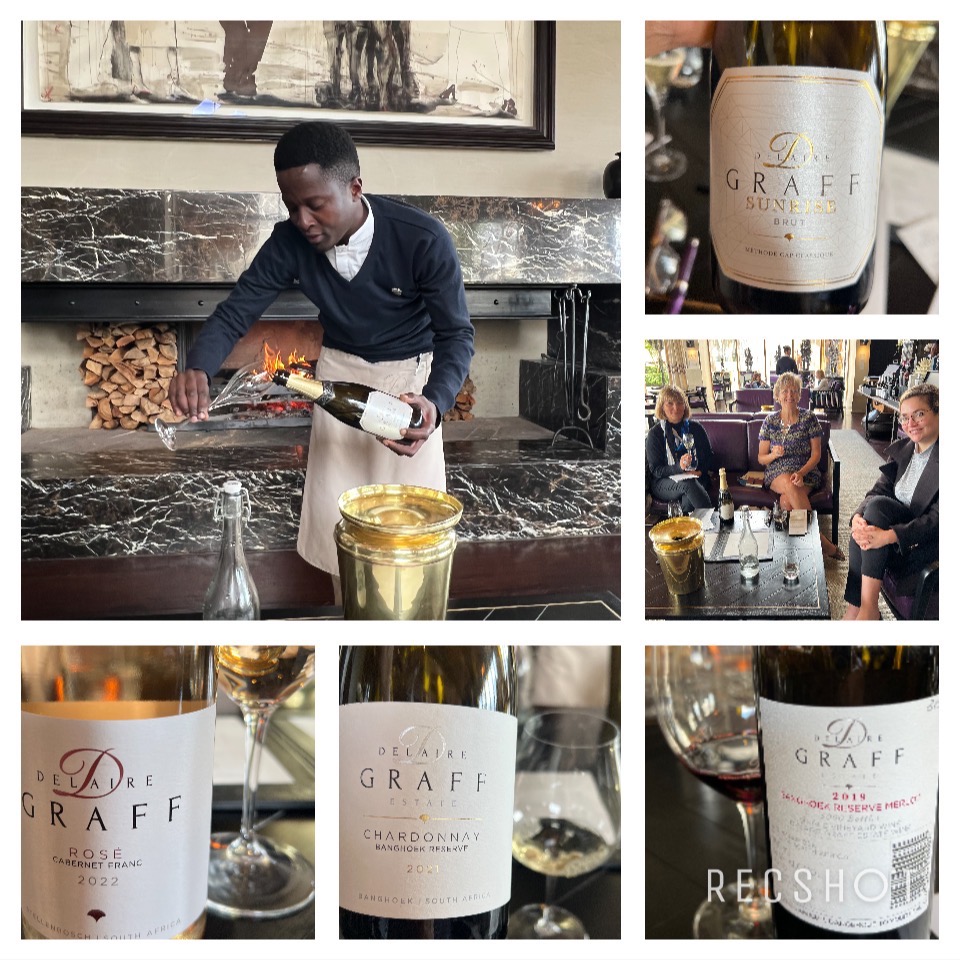There wouldn’t be a better beginning of the week than a wonderful wine and food pairing dinner with industry colleagues, and maestro winemaker Roberto Magnisi, at Eataly, Toronto.
Roberto Magnisi gave a presentation on the wines we tasted, which are currently not available in Canada. Great pairings with fine Italian cuisine – we also travel around Sicily through his exciting stories and passion for wine. We also had the chance to taste “Engine Gin” which blew my mind.
The Wine of the Night
The wine of the night was Duca Enrico Nero D’Avola 2018 – strong, round, well-balanced, with lots of character, and scents of wood.
The Pairing of the Night
The pairing of the night was the stunning Marsala Vergine Riserva VR1609 2009 with lightly fried market fish, seafood, and vegetables. The unforgettable salty caramel chocolate nose of Marsala intense the flavor of lemon sprayed Fritto Misto di Mare by adding some sweetness to the oily and salty seafood and fish. This sweetness made all flavors more intense and they were popping on the tongue. Definitely worth trying.
The full list of wines tasted:
- Lavico Etna Bianco Carricante, 2021
- Sentiero Vento Vermentino, 2021
- Marsala Vergine Riserva VR 1609, 2009
- Lavico Etna Rosso Nerello Mascalese, 2020
- Duca Enrico Nero D’Avola, 2018
- Passo Delle Mule Nero D’Avola, 2020
- Florio Marsala Vergine Riserva VR0504, 2004
- Florio Marsala Semisecco Superiore Riserva SR2715, 2015
It was so great to meet everyone, thank you so much for such a great evening! Sergii
@ducadisalaparuta @cantineflorio @eatalytoronto
#italianwine #wine #winelover #vino #winetasting #winelovers #redwine #winetime #instawine #vinoitaliano #italy #winestagram #winery #sommelier #italia #whitewine #vinorosso #wineoclock #wineporn #winelife #marsala #eataly #italianfood #tuscany #food #madeinitaly #winepassion #wines #vineyard #sicily #torontowineevewnt #wineevent #toronto #wineandfoodpairing

![Duca di Salapurata Group [Toronto Tasting] by Sergii Daragan](https://www.liz-palmer.com/wp-content/uploads/2022/10/Media-Dinner.png)
